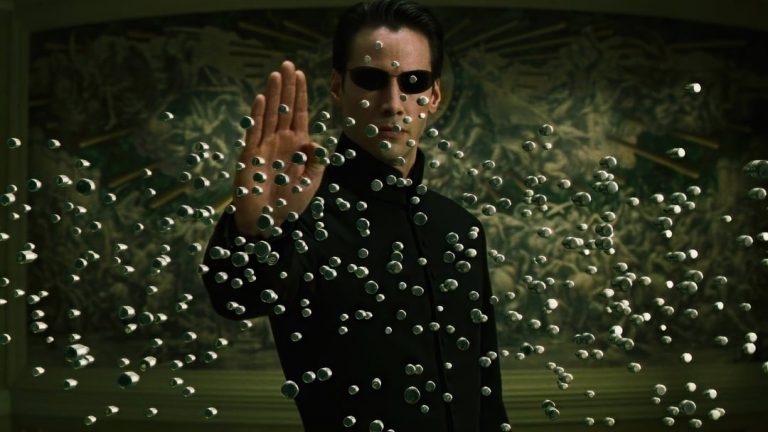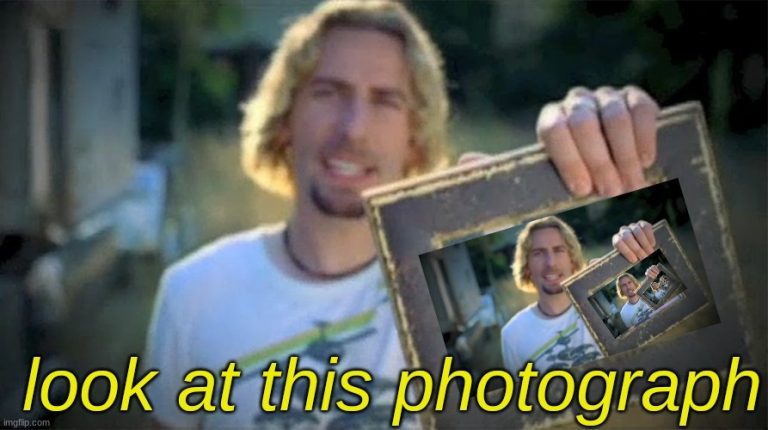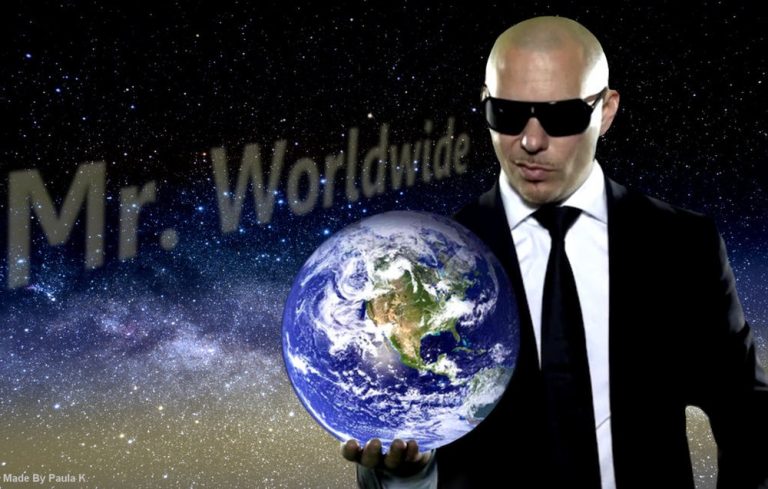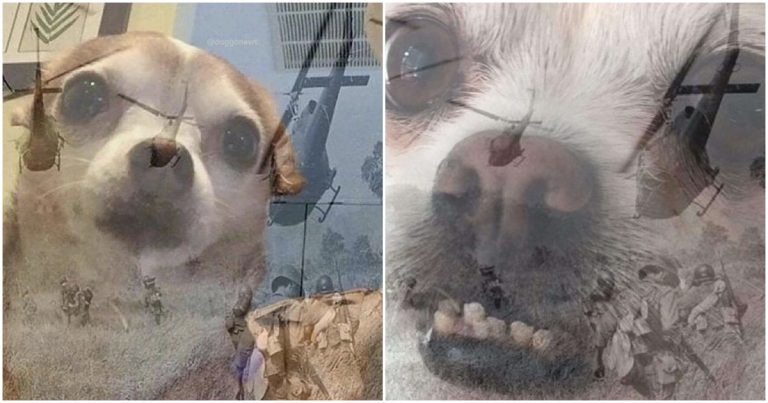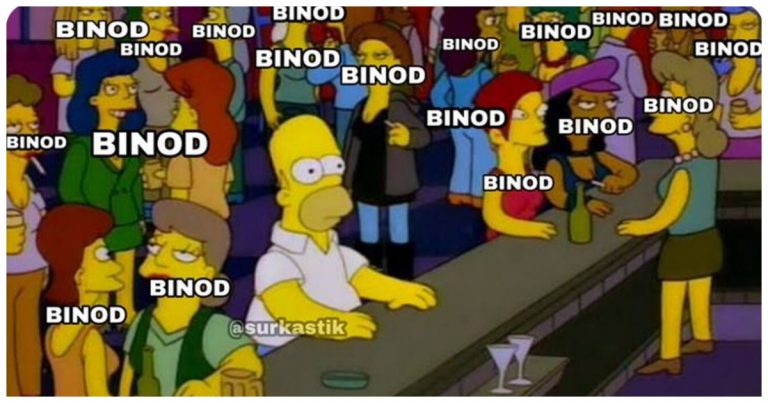The Story Behind The “Mocking SpongeBob” Meme: How A Bent Sponge Became A Symbol Of Internet Sarcasm
The “Mocking SpongeBob” meme, featuring a distorted SpongeBob SquarePants image and alternating uppercase-lowercase text, is a staple of internet sarcasm.
Originating from a 2013 episode of SpongeBob SquarePants, it went viral in 2017 and became a go-to format for mocking clueless or whiny statements online.
This article dives into its origins, meaning, popular formats, and lasting impact across platforms like Twitter, Reddit, and TikTok.
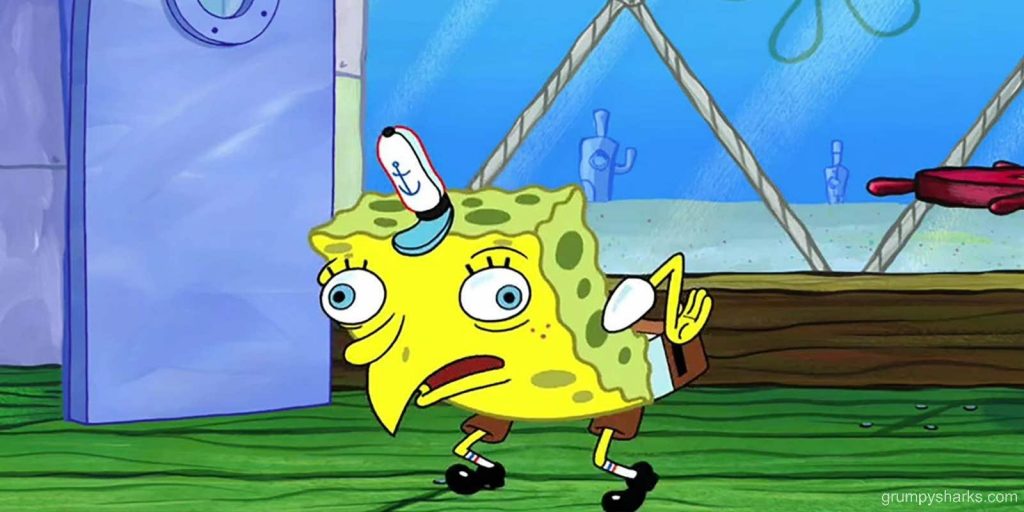
1. What Is the “Mocking SpongeBob” Meme?
What the Meme Looks Like and How It’s Used
The “Mocking SpongeBob” meme has a picture of SpongeBob bent over awkwardly, looking like a chicken, along with alternating upper- and lower-case text formatting.
The format is used to mock, imitate, or ridicule a statement, adopting a whiny, clueless, or condescending tone to the best of your ability.
It’s a digital eye roll, and a great device for highlighting dumb or annoying tweets.
For example, it’s also typically used to sarcastically repeat someone’s poor logic or stupid opinion, much more effectively because of the absurd picture and the tone of mockery from the text itself.
Is This the Most Iconic Sarcasm Meme of the 2010s?
Probably, yes. I can’t think of a more famous meme when you pair the tone-matching alternating caps with SpongeBob’s exaggerated, mocking, warped pose and format.
To understand the impact and importance of the meme, there is no other meme that utilizes humor that so closely aligns with the tone, versatility, and intentional sarcastic direction.
Among various other memes with a sarcastic tone, “Mocking SpongeBob” is one of the most recognizable memes used on social media for entertainment among Internet users, one could argue even more relevant and popular than memes using the “Distracted Boyfriend” or “Drakeposting” formats.
2. Where Did the Meme Come From?
The Cartoon Moment Behind the Image
The meme originates from SpongeBob SquarePants Season 9, Episode 21: “Little Yellow Book,” which aired on March 2, 2013.
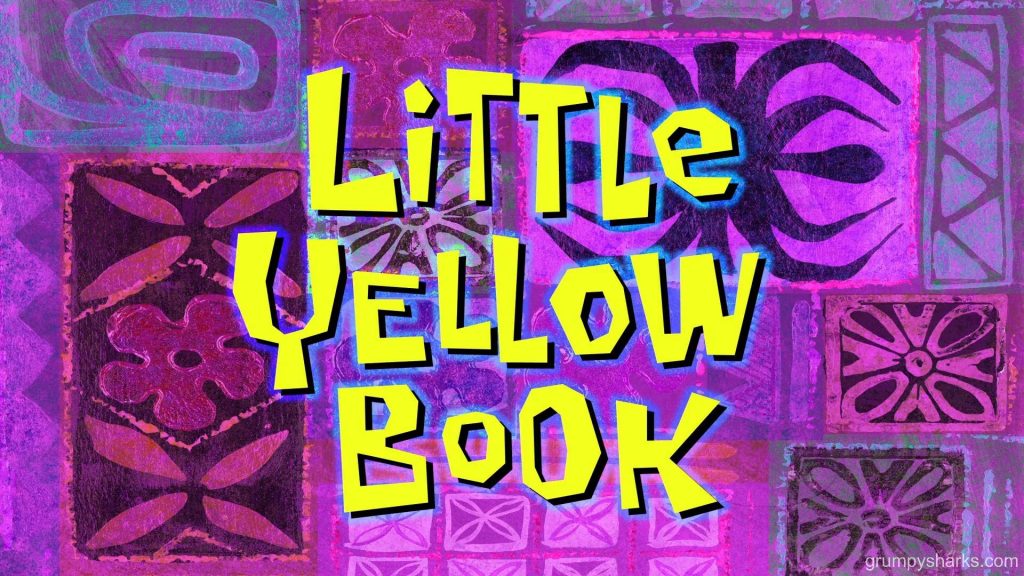
In the episode, Squidward reads SpongeBob’s diary aloud, revealing embarrassing secrets. SpongeBob, humiliated, mimics a chicken’s movements, bending over and flapping his arms, creating the iconic image that would later fuel the meme.
This scene’s exaggerated animation made it ripe for internet reinterpretation.
When It Went Viral
The “Mocking SpongeBob” meme emerged in a big way in May 2017 when users on Twitter and Reddit were posting the chicken-like SpongeBob image with sarcastic captions that were alternating caps.
However, a turning point came in May when Twitter user @ogbeard posted that image with a mocking caption. Shortly thereafter, the title used by @ogbeard started to be widely adopted.
By mid-2017, the format of “Mocking SpongeBob” was spreading to Reddit’s r/memes and r/dankmemes. The text with alternating caps became the signature for this meme.
3. What Does the Meme Actually Mean?
Tone of Voice in Text
The alternating capital letter method (i.e. “ThIs Is HoW iT wOrKs”) is representing a mocking, immature, or condescending voice like you would hear in a playground taunt.
It’s being used to repeat a statement that discredits or makes fun of the statement originally presented, which is either humorous in itself or in context only to the reader, but indicates the ridiculousness of the statement in question.
An example would be using it to mock your friend after they have stated something very confidently like, “I dOn’T nEeD tO sTuDy FoR tHe TeSt.”
A Digital Eye-Roll
The “Mocking SpongeBob” meme serves as a visual and a textual way to show sarcasm, disbelief, or annoyance in text-based formats, where tone really can’t be seen or adequately conjectured.
It is the internet’s version of physically rolling your eyes at someone or mimicking them to expose their foolishness. In other words, it is a great way to be used in a variety of internet debates or an easy way to provide playful ridicule to a friend.
4. Popular Caption Styles and Formats
Examples of Use
The meme’s captions are often short, punchy, and dripping with sarcasm. Common examples include:
- “i DoN’t NeEd a bAcKUp Of mY fIlEs” – Mocking overconfidence in tech.
- “TeAcHeRs wHeN tHeY gIvE uS hOmEwOrK oN tHe wEeKeNd” – Ridiculing unreasonable expectations.
These captions pair with the bent SpongeBob image to amplify the humor, often targeting relatable frustrations.
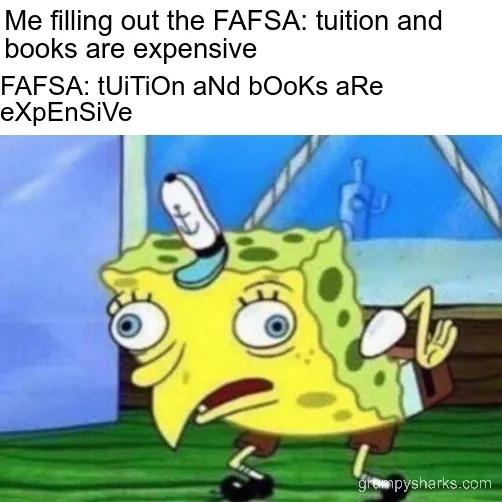
Visual Variants
In addition to the original image, creators have produced variations in different colored SpongeBobs (e.g., neon green or red), or combinations with other meme characters, or reproductions with real people imitating the pose.
Some edits place SpongeBob in different pop culture scenes or spoofs of political figures or moments in movies, creating levels of satire.
5. Why SpongeBob Works So Well in Memes
Emotional Versatility
The unrealistic emotion SpongeBob can convey and his stretchy animation style make him an ideal candidate for reaction memes.
A memorable one that stems from the show is, “Mocking SpongeBob.”
This image gives you a distinct flavor of mockery with childlike adventure that serves to fit an array of scenarios, from petty arguments to world-changing instances.
Legacy in Meme History
The “Mocking SpongeBob” meme categorizes with others for memorable SpongeBob memes like, “Imagination,” “Tired SpongeBob,” “Savage Patrick,” and “Confused Mr. Krabs.”
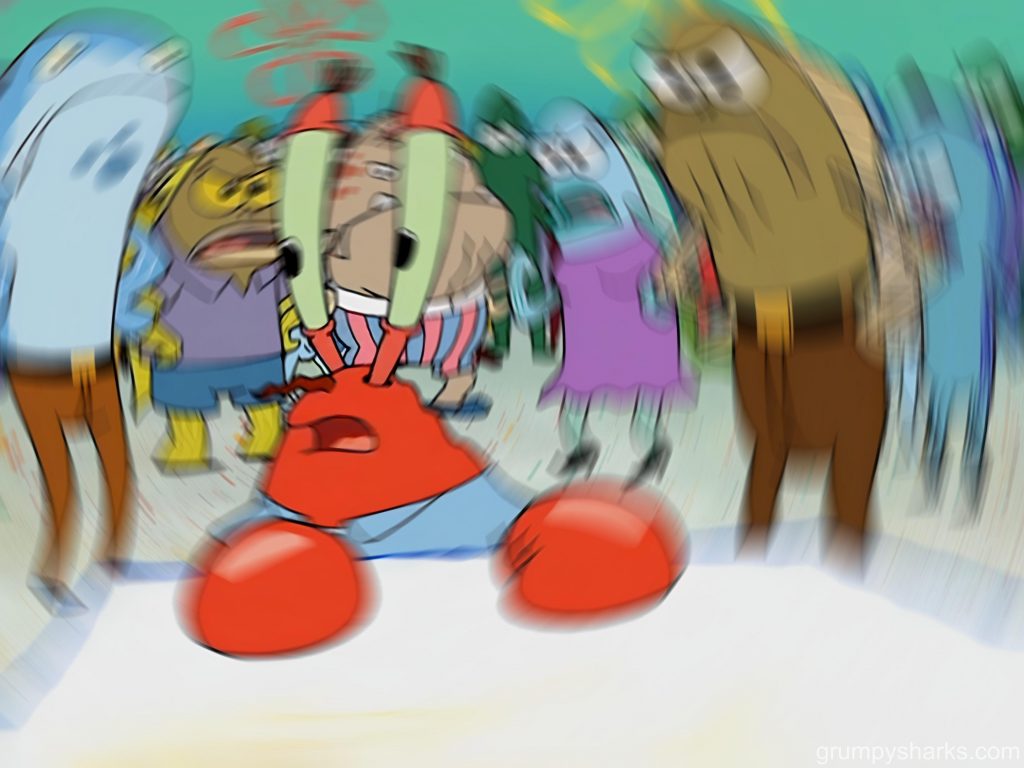
Its longevity has come from its simplicity and ubiquitous appeal, which has made SpongeBob SquarePants a goldmine for meme creators.
6. Linguistic Impact of the Meme
Mocking Caps Format as Digital Tone
The alternating caps format has become a recognized method for conveying sarcasm, tone-deafness, or childish repetition in the digital environment.
This format is immediately recognizable as a mocking device alone without the SpongeBob image.
The mocking caps as i.e. text is used outside memes and in the back channels of communication, such as texts or forum posts.
Influence on Meme Typography
The meme inspired other formats to use the typographic visual approach with text for humor, such as clapping emojis on text (“N O 👏 W A Y 👏”) and keyboard smashes.
This new trend toward stylized typography represents the internet’s need to find creative ways to express tone in text.
7. Will the Mocking SpongeBob Meme Stay Relevant?
Meme Lifespan in Sarcasm and Parody Culture
The “Mocking SpongeBob” meme supports simple parody and sarcasm and continues to be a viable option for these genres of memes.
The accessibility and versatility of the format mean it will stay in the meme rotation for as long as there is internet culture that appreciates a well-timed roast, especially as new meme creators continue to discover “SpongeBob” content.
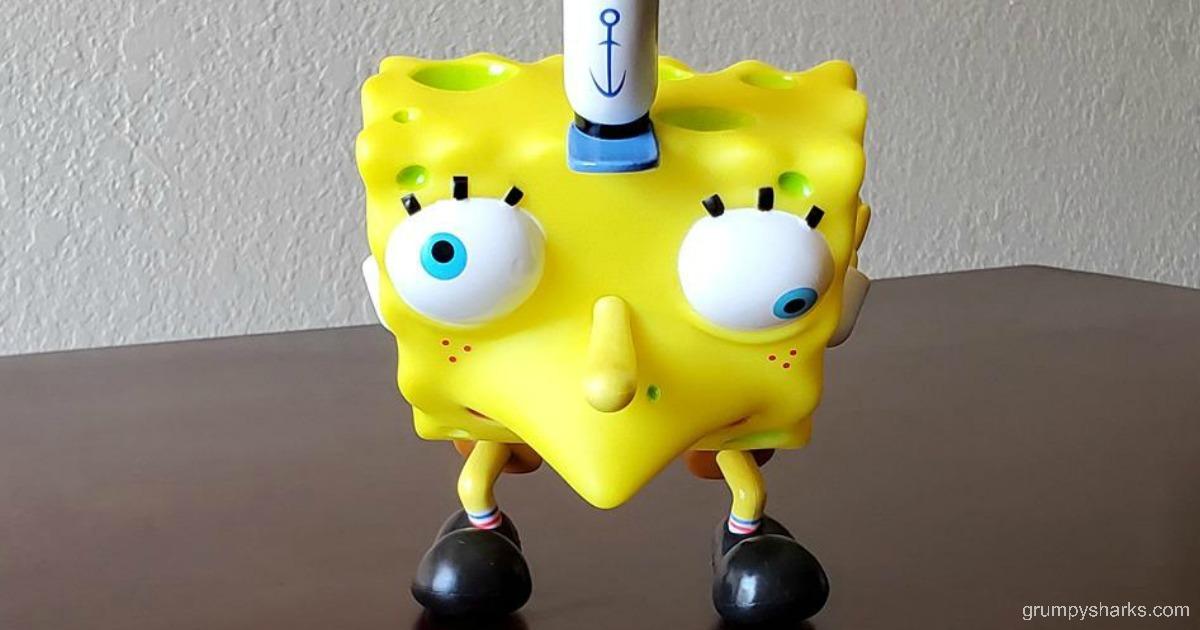
Among Top SpongeBob Meme Formats
The “Mocking SpongeBob” meme will go down alongside “Caveman SpongeBob,” “Surprised Patrick,” and “Ight Imma head out” as one of the most durable SpongeBob memes.
Because of its clarity in visual and textual presentation, the “Mocking SpongeBob” meme remains distinguishable from the noise associated with all social media platforms.
Conclusion
The “Mocking SpongeBob” meme is more than a fleeting internet joke—it’s a cultural artifact that captures the snarky spirit of online discourse.
From its roots in a 2013 SpongeBob SquarePants episode to its viral explosion in 2017, this meme has shaped how we express sarcasm online.
With its iconic alternating caps and warped SpongeBob image, it continues to thrive on Twitter, Reddit, TikTok, and beyond, proving that a bent sponge can carry a legacy of digital wit.

